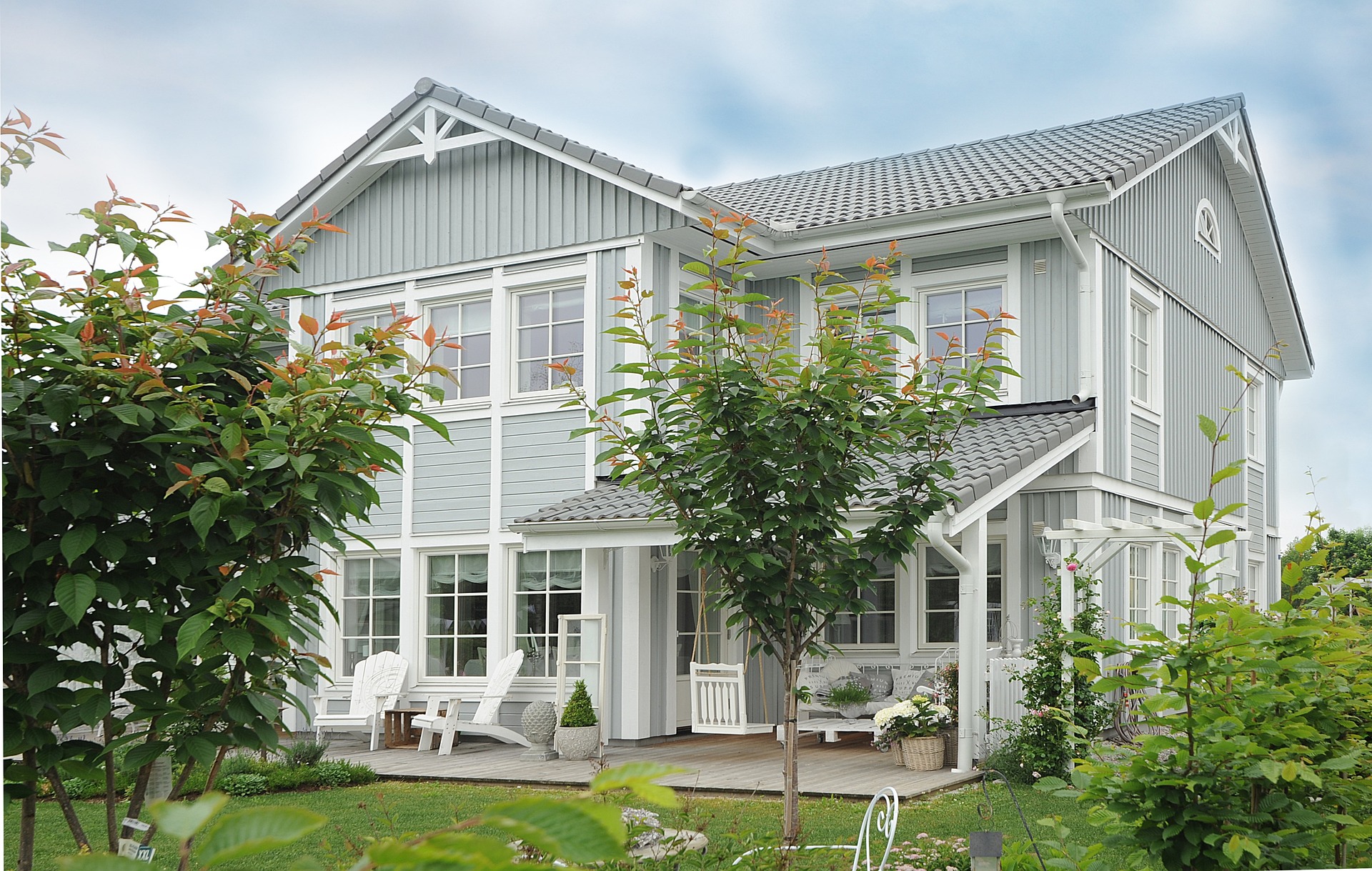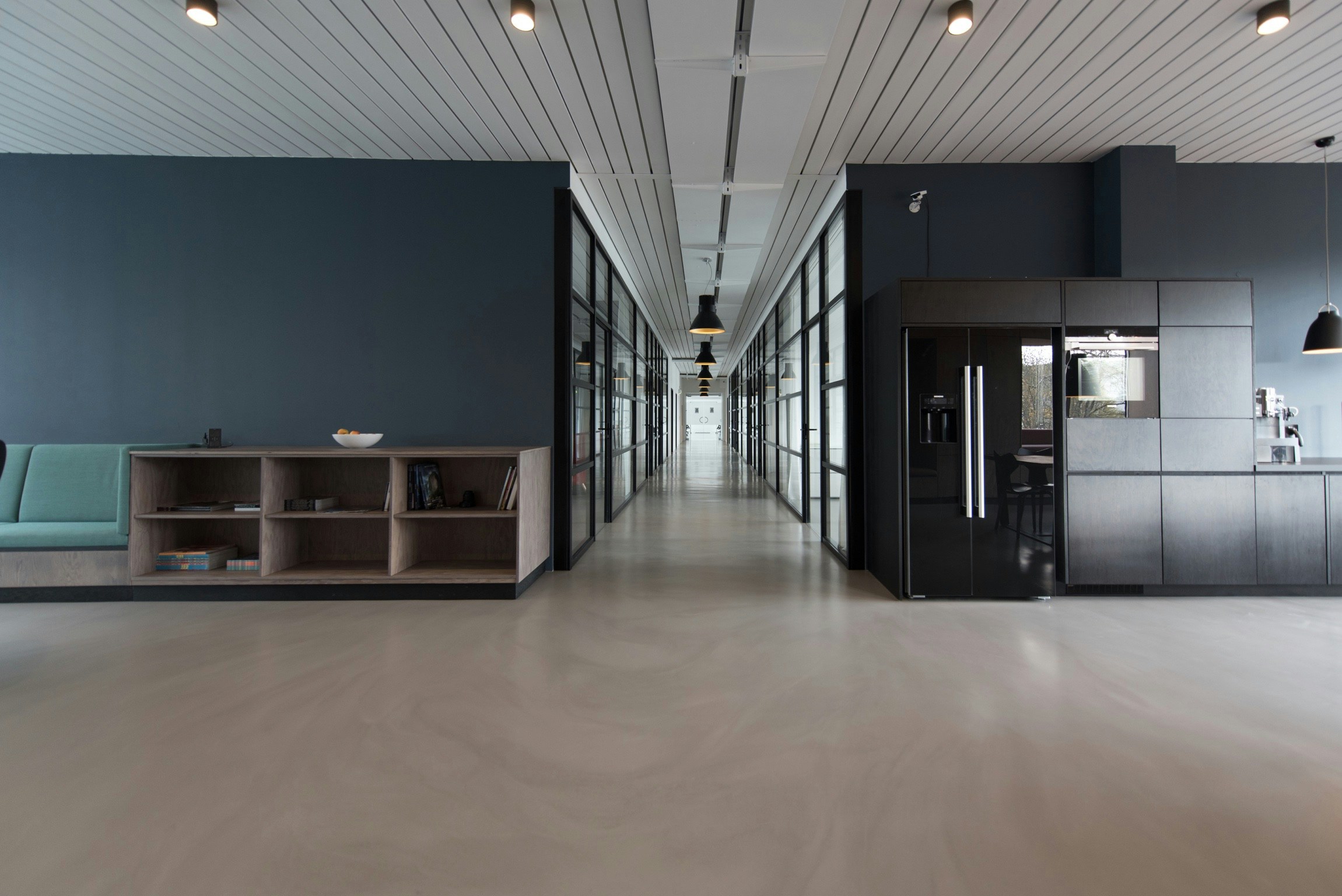The Benefits of Creating Pet-Friendly Spaces
In recent years, the bond between humans and their pets has grown stronger than ever. Pets are no longer just animals that live in our homes; they are considered members of the family, providing companionship, emotional support, and joy. As a result, creating pet-friendly spaces has become an important consideration for pet owners, urban planners, businesses, and communities alike. Designing environments that accommodate pets not only improves the quality of life for animals but also enhances the well-being of their human counterparts. This article explores the various benefits of creating pet-friendly spaces, highlighting why this trend is gaining momentum in 2025.

Enhancing Physical and Mental Health for Pets and Owners
One of the most significant benefits of pet-friendly spaces is the positive impact they have on physical and mental health—for both pets and their owners. Pets require regular exercise to stay healthy, and having access to safe, designated areas encourages physical activity. Parks with dog runs, pet-friendly walking trails, and open grassy areas allow dogs to run freely, play, and socialize with other animals. This exercise helps prevent obesity and related health conditions in pets, such as diabetes and joint problems.
For pet owners, these spaces provide an opportunity to engage in physical activity as well. Walking a dog daily promotes cardiovascular health, reduces stress, and boosts overall mood. The companionship of a pet during exercise has been shown to increase motivation and adherence to fitness routines. Beyond physical benefits, pet-friendly environments foster mental wellness. Socializing pets in controlled spaces reduces anxiety and behavioral issues, while owners benefit from the calming presence of their animals and the chance to connect with other pet lovers.
Promoting Social Interaction and Community Building
Pet-friendly spaces are not just beneficial at an individual level; they also serve as hubs for social interaction and community building. Shared spaces where pets and owners gather create natural opportunities for people to meet, converse, and form friendships. This sense of community is particularly valuable in urban areas, where social isolation can be prevalent.
Dog parks, pet cafés, and pet-friendly events encourage interactions that might not happen otherwise. These venues foster a welcoming atmosphere where people bond over their shared love for animals, helping to break down social barriers and build a more connected neighborhood. Communities that embrace a pet-friendly philosophy often experience increased civic engagement and greater collective responsibility for public spaces.
Moreover, pet-friendly workplaces and housing developments are becoming increasingly popular, recognizing that pets can help reduce workplace stress and improve employee satisfaction. Allowing pets in common areas and offices creates a more relaxed, enjoyable environment, which can lead to enhanced productivity and employee retention.
Supporting Responsible Pet Ownership and Animal Welfare
Another important advantage of creating pet-friendly spaces is the promotion of responsible pet ownership and improved animal welfare. When communities provide adequate spaces tailored to pets’ needs, it encourages owners to care for their animals properly and reduces the likelihood of neglect or abandonment.
Designated pet areas help manage waste and ensure cleanliness, which benefits public health and the environment. Many pet-friendly communities implement rules and provide amenities such as waste disposal stations, water fountains for animals, and shaded rest areas. These features make it easier for owners to maintain sanitary conditions and keep their pets comfortable.
Additionally, pet-friendly environments reduce stress on animals by giving them a safe place to explore and express natural behaviors. This helps prevent behavioral problems that arise from boredom or confinement. In 2025, advances in urban planning increasingly integrate pet needs into residential and commercial designs, reflecting a growing awareness of animal welfare.
Creating spaces where pets feel welcome also supports adoption efforts. When potential pet owners see that their animals will have access to enjoyable, safe environments, they are more likely to commit to bringing a pet into their home. This can help reduce the number of animals in shelters and promote more sustainable pet populations.
Conclusion
The benefits of creating pet-friendly spaces are far-reaching and multifaceted. From improving physical and mental health to fostering social connections and promoting responsible ownership, these environments enhance the lives of pets and people alike. As we progress through 2025, the importance of integrating pet-friendly design into urban planning, workplaces, and public venues continues to grow. Embracing this approach not only celebrates the special bond between humans and animals but also contributes to more vibrant, compassionate, and healthy communities. Whether you are a pet owner, a business leader, or a city official, supporting pet-friendly initiatives is an investment in well-being and social cohesion that pays dividends for all.
Disclaimer: All content, including text, graphics, images and information, contained on or available through this web site is for general information purposes only. The information and materials contained in these pages and the terms, conditions and descriptions that appear, are subject to change without notice.




